 The Struthers Parkinson’s Center in Minneapolis teaches a form of Tai Chi and both The Cleveland Clinic and the Stanford School of Medicine recommend Tai Chi for Parkinson’s sufferers. This healing art, or should I say Chinese medicine, developed over a 1000 years ago are a series of slow, flowing movements that can help maintain flexibility, balance and coordination.
The Struthers Parkinson’s Center in Minneapolis teaches a form of Tai Chi and both The Cleveland Clinic and the Stanford School of Medicine recommend Tai Chi for Parkinson’s sufferers. This healing art, or should I say Chinese medicine, developed over a 1000 years ago are a series of slow, flowing movements that can help maintain flexibility, balance and coordination. Use it, Don’t Lose it! Tai Chi benefits Parkinson’s
 The Struthers Parkinson’s Center in Minneapolis teaches a form of Tai Chi and both The Cleveland Clinic and the Stanford School of Medicine recommend Tai Chi for Parkinson’s sufferers. This healing art, or should I say Chinese medicine, developed over a 1000 years ago are a series of slow, flowing movements that can help maintain flexibility, balance and coordination.
The Struthers Parkinson’s Center in Minneapolis teaches a form of Tai Chi and both The Cleveland Clinic and the Stanford School of Medicine recommend Tai Chi for Parkinson’s sufferers. This healing art, or should I say Chinese medicine, developed over a 1000 years ago are a series of slow, flowing movements that can help maintain flexibility, balance and coordination. 
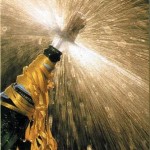

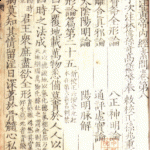
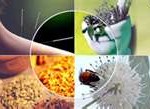


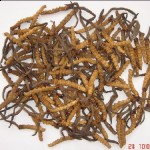
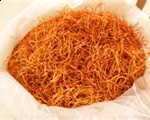
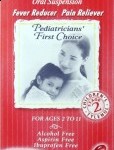
 I’ve always enjoyed my vacation time in Minnesota. I happened to be in Minneapolis for it’s Bi- centennial celebration a few years back. They had more than an hour of the most amazing fireworks I’ve ever seen. If you’ve never been there it’s truly the heart-land of America. Real people, real friendly. I had to blog on this news that Minnesota, not on a coast and not really considered the health crazed capital of the country is leading the way with equal access laws regarding alternative medicine practitioners. This new law takes affect and applies to insurance coverage issued, renewed or continued on or after Aug.1, 2009 Very exciting, the next step is on the national level with Medicare.
I’ve always enjoyed my vacation time in Minnesota. I happened to be in Minneapolis for it’s Bi- centennial celebration a few years back. They had more than an hour of the most amazing fireworks I’ve ever seen. If you’ve never been there it’s truly the heart-land of America. Real people, real friendly. I had to blog on this news that Minnesota, not on a coast and not really considered the health crazed capital of the country is leading the way with equal access laws regarding alternative medicine practitioners. This new law takes affect and applies to insurance coverage issued, renewed or continued on or after Aug.1, 2009 Very exciting, the next step is on the national level with Medicare.![ginger[1] ginger[1]](http://www.pacherbs.com/wp-content/uploads/2009/08/ginger12-150x150.jpg)
 Drink Ginger tea”
Drink Ginger tea”